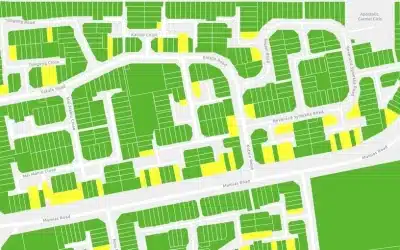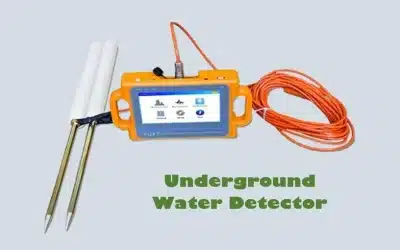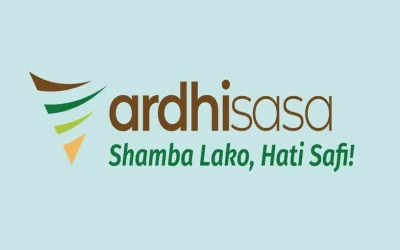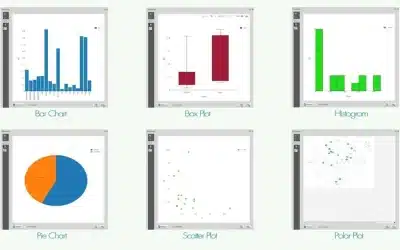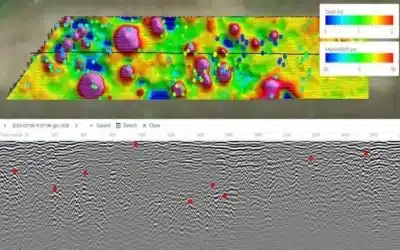Orbital Africa > Blog for Geospatial News & Tech Trends! > Mapping > Procedure for executing control & topographical survey
The procedure of conducting control and topographical survey involves a systematic process to capture accurate and detailed information about the Earth’s surface and its features. Here is a general procedure for conducting a topographical survey:
- Project Planning: a. Define the survey area: Determine the boundaries and extent of the area to be surveyed. b. Identify survey objectives: Clearly define the purpose of the survey and the required level of detail. c. Research existing data: Gather existing maps, aerial imagery, or any available data that can provide a baseline understanding of the survey area.
- Field Survey: a. Establish Control Points: Set up control points using GPS or total stations with known coordinates to establish a reliable reference framework for the survey. b. Traverse or Network: Conduct a traverse or network survey to establish accurate horizontal and vertical control points throughout the survey area. c. Detail Points: Collect data on significant features, including buildings, roads, rivers, vegetation, and other topographic elements. Measure the elevations, distances, and angles as required. d. Cross-Sections: Capture cross-sectional profiles at regular intervals or specific locations to represent the terrain’s vertical profiles accurately. e. Spot Elevations: Measure spot elevations at specific points of interest or locations where changes in the terrain occur. f. Data Collection: Record all survey measurements and data accurately, ensuring they are tagged with appropriate identifiers or labels.
- Equipment and Tools: a. Survey Instruments: Prepare the necessary survey instruments, such as total stations, GPS receivers, and leveling equipment, based on the requirements of the survey. b. Safety Equipment: Ensure you have appropriate safety equipment, including high-visibility clothing, safety cones, or barriers if working in a potentially hazardous area.
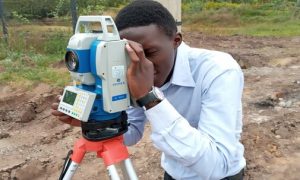
- Data Processing: a. Field Notes Compilation: Organize and compile all field notes, measurements, and sketches taken during the survey. b. Data Reduction: Process the survey data using survey software or computer-aided drafting (CAD) software to compute coordinates, elevations, and generate a digital representation of the survey. c. Topographic Map Creation: Create a topographic map by plotting the survey data onto a base map, incorporating contour lines, spot elevations, and other relevant features. d. Data Validation: Review and validate the processed data to ensure accuracy, completeness, and compliance with project requirements.
- Deliverables: a. Topographic Map: Generate a final topographic map that accurately represents the surveyed area, including contour lines, spot elevations, and other requested features. b. Data Reports: Prepare comprehensive reports documenting the survey methodology, equipment used, and a summary of the collected data. c. Digital Data: Provide digital copies of the survey data, such as CAD files, GIS files, or other requested formats, as per project requirements.
Throughout the entire process, it is essential to maintain a high level of accuracy, adhere to survey standards and procedures, and ensure the safety of the survey team and others in the survey area. The specific steps and methodologies may vary depending on the project’s requirements, available resources, and the complexity of the survey area… Continue reading >>>
Tags
AI
App
Big Data
Carbon Credits
CC
Climate Change
Data
Data Science
DJI
Drones
GeoAI
Geocoding
GeoICT
Geoportal
Geospatial
GERD
GIS
GIS Training
GNSS
GPR
Infrastructure
Kenya
Kenya Space Agency
Land Act
LIMS
Mapping
Maps
Mobile Mapping
NASA
OrbiCollect
Python
Quantum computing
R
RTK
Satellite
Scanner
Seito
Space X
Starlink
Survey
Topographical
Topo Survey
Traffic Counter
Training
Trends







